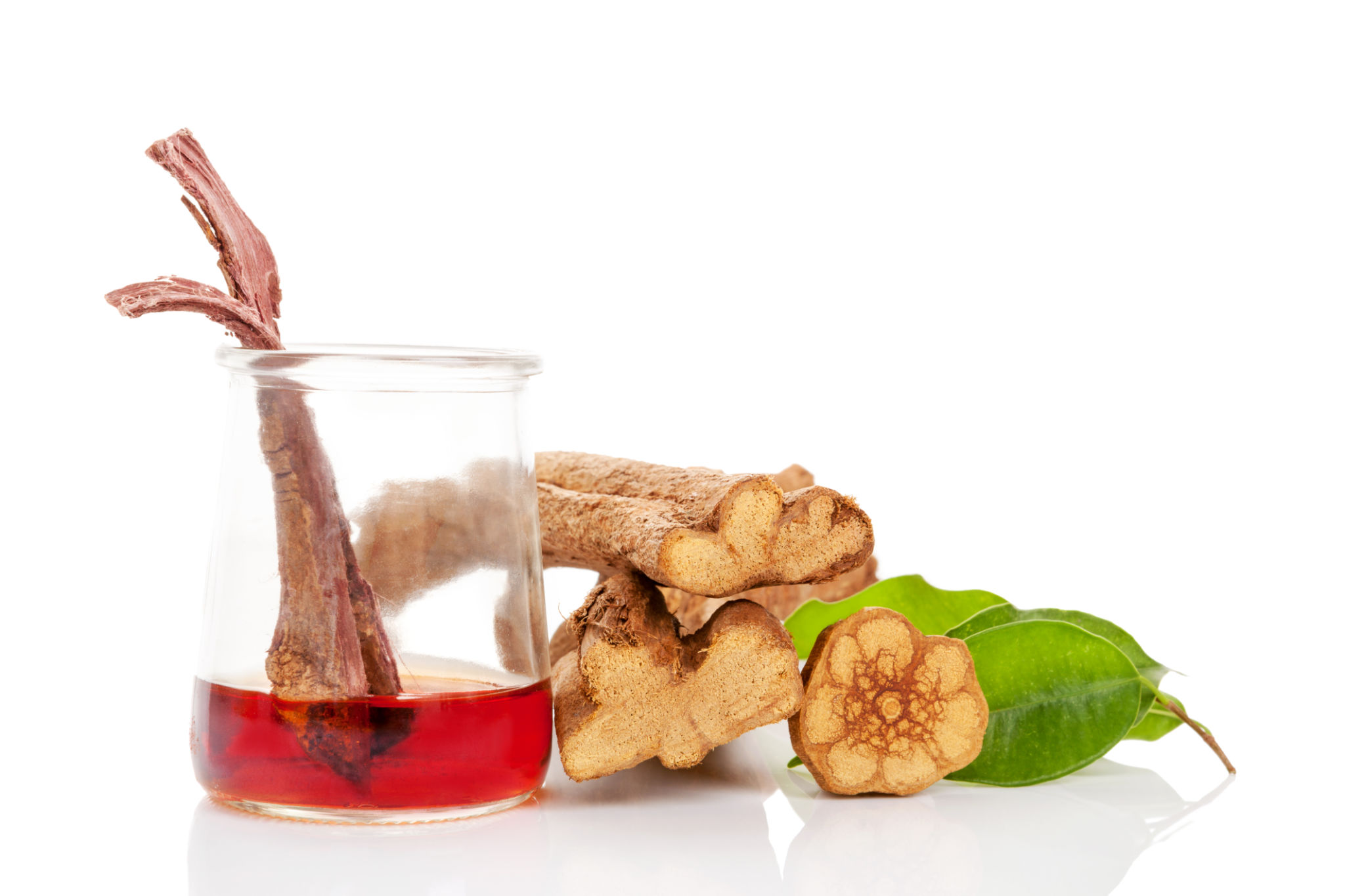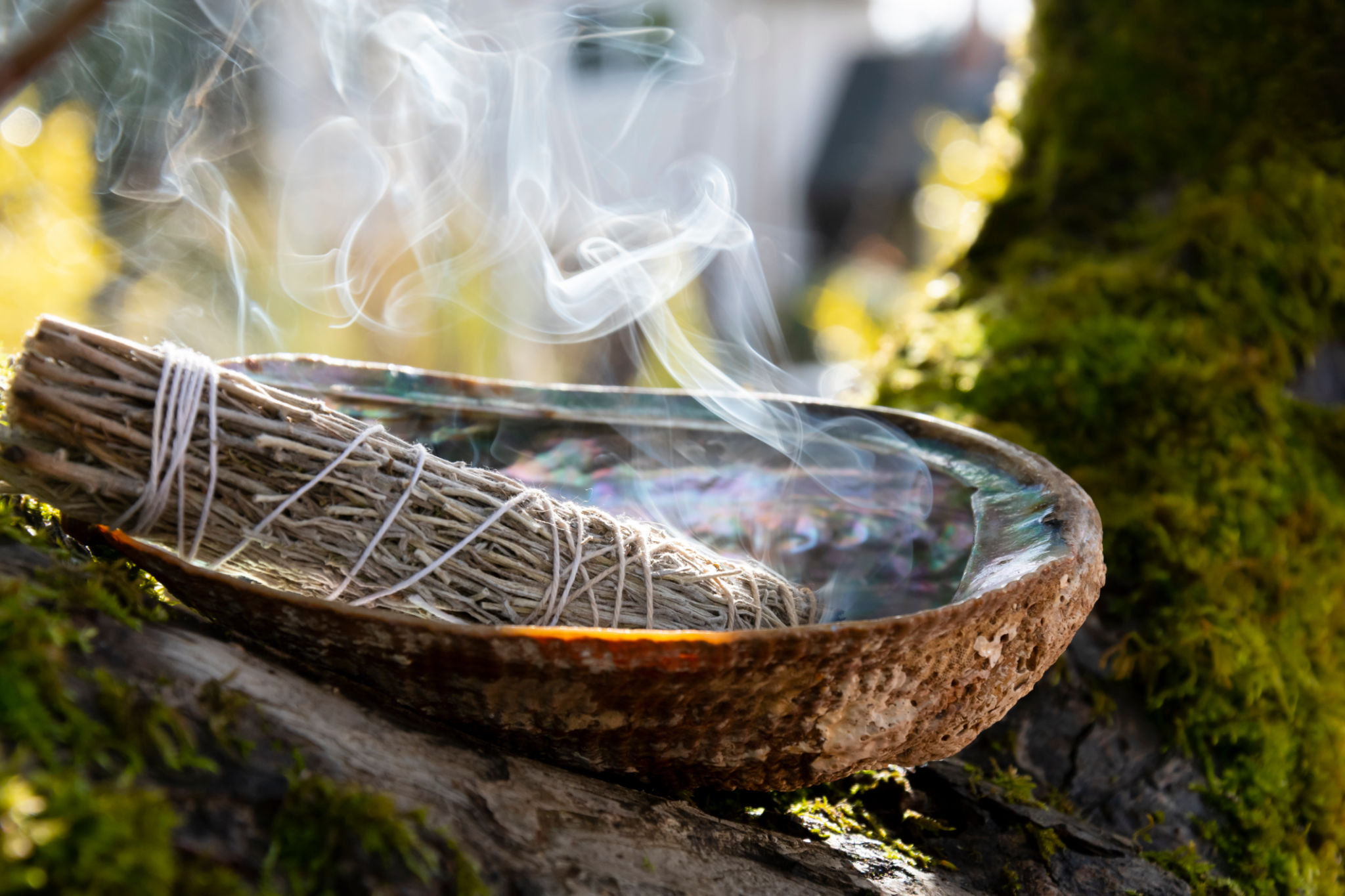Comparing Mimosa Hostilis with Other Psychedelic Plants
Understanding Mimosa Hostilis
Mimosa Hostilis, often referred to as Jurema or Tepezcohuite, is a plant native to the northeastern regions of Brazil and parts of Mexico. It has gained popularity due to its rich content of psychoactive compounds, particularly DMT (N,N-Dimethyltryptamine). This powerful entheogen has been used for centuries in traditional healing and spiritual practices by indigenous cultures.
Unlike some other psychedelic plants, Mimosa Hostilis is primarily valued for its root bark. The root bark contains a significant concentration of DMT, making it a key ingredient in various traditional and contemporary psychedelic preparations. The plant’s historical significance and potent effects have cemented its place among the respected psychoactive flora.

Comparing with Ayahuasca
Ayahuasca is another well-known psychedelic plant preparation, traditionally used by Amazonian tribes. It is typically made from the Banisteriopsis caapi vine and the leaves of the Psychotria viridis plant, which also contains DMT. The combination of these plants creates a brew that induces powerful, often life-changing experiences.
While both Ayahuasca and Mimosa Hostilis contain DMT, their effects can differ significantly due to the addition of MAO inhibitors in Ayahuasca. These inhibitors, found in the Banisteriopsis caapi vine, prevent the breakdown of DMT in the digestive tract, allowing for a longer duration of the psychedelic experience compared to Mimosa Hostilis when consumed alone.
Mimosa Hostilis vs. Psilocybin Mushrooms
Psilocybin mushrooms, often called "magic mushrooms," are another popular group of psychedelic plants. Unlike Mimosa Hostilis, which primarily relies on DMT for its effects, psilocybin mushrooms contain psilocybin and psilocin as their active compounds. These compounds interact with serotonin receptors in the brain, leading to altered perception and consciousness.

The experiences induced by psilocybin mushrooms and Mimosa Hostilis can vary greatly. Psilocybin tends to produce more visual hallucinations and a deep sense of introspection. In contrast, DMT from Mimosa Hostilis may lead to more intense visions and profound spiritual encounters. The duration and intensity of these experiences are also notably different.
Salvia Divinorum: A Unique Comparison
Salvia Divinorum is another plant known for its potent psychoactive properties, but it differs from both Mimosa Hostilis and other psychedelics in terms of its active compound, salvinorin A. This compound is a kappa-opioid receptor agonist, which leads to distinct effects compared to those produced by DMT or psilocybin.
The experiences from Salvia Divinorum are often short-lived but can be incredibly intense and disorienting. Users commonly report changes in perception, feelings of detachment from the self, and altered sense of space and time. In comparison, Mimosa Hostilis experiences are typically longer-lasting and more spiritually oriented.

Cultural Significance and Use
Each of these plants holds a unique place in various cultural and spiritual practices around the world. Mimosa Hostilis has been used in Brazilian and Mexican traditions for healing and ritualistic purposes. Ayahuasca ceremonies are deeply rooted in the Amazonian culture, serving as a means for spiritual growth and healing.
Psilocybin mushrooms have been used by indigenous peoples in Mesoamerica for centuries in religious ceremonies. Meanwhile, Salvia Divinorum has been used by the Mazatec people of Oaxaca, Mexico, for divination and healing purposes. Despite their differences, these plants share a common thread of facilitating spiritual exploration and insight.
Conclusion: Choosing the Right Experience
When comparing Mimosa Hostilis with other psychedelic plants, it is essential to consider the desired experience, duration, and intensity. Each plant offers a unique journey into altered states of consciousness, influenced by its active compounds and historical context.
Whether seeking profound spiritual awakenings with Ayahuasca or exploring the introspective realms opened by psilocybin mushrooms, understanding these differences can guide individuals in choosing the right plant for their personal or spiritual exploration.